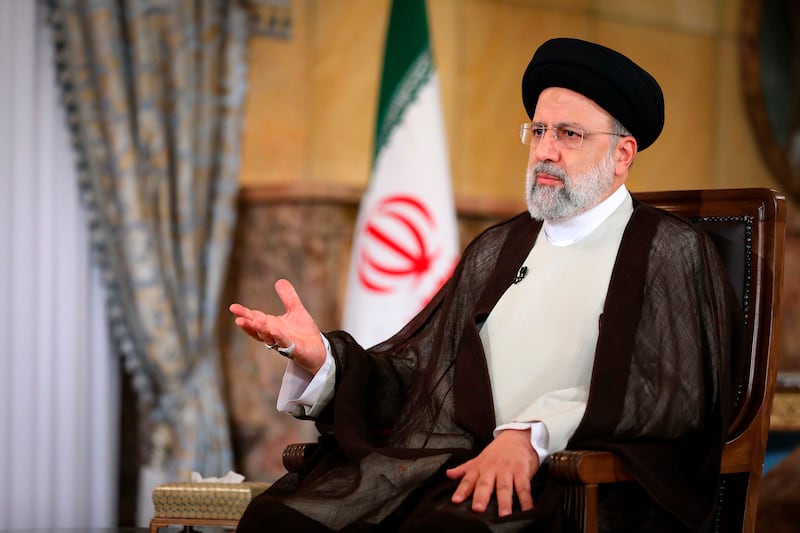At least two people were killed as anti-government demonstrations erupted in several locations across Iran as the most sustained protests in years against a deeply entrenched theocracy entered their fourth week.
Marchers chanted anti-government slogans and twirled headscarves in protest at coercive religious dress codes.
In some areas, shops were closed in response to a call by activists for a commercial strike or to protect their wares from damage.
The protests erupted on September 17th, after the burial of 22-year-old Mahsa Amini, a Kurdish woman who had died in the custody of Iran’s feared morality police.
READ MORE
Ms Amini had been detained for an alleged violation of strict Islamic dress codes for women. Since then, protests spread across the country and were met by a fierce crackdown, in which dozens are estimated to have been killed and hundreds arrested.
[ Iran’s morality police disappear from streets after dozens killed in protestsOpens in new window ]
In the city of Sanandaj in the Kurdish-majority northern region, one man was shot dead on Saturday while driving a car on a major road, rights monitors said.
The France-based Kurdistan Human Rights Network and the Hengaw Organisation for Human Rights said the man was shot after honking at security forces stationed on the street. Honking has become one of the ways activists have been expressing civil disobedience.
Video circulating online showed the slain man slumped over the steering wheel, as distraught witnesses shouted for help.
The semi-official Fars news agency, believed to be close to the elite paramilitary force, the Islamic Revolutionary Guard, said Kurdistan’s police chief denied reports of using live rounds against protesters.

A second protester was killed after security forces fired gunshots to disperse crowds in the city and 10 protesters were wounded, the rights monitors said.
A general strike was observed in the city’s main streets amid a heavy security presence and protesters burned tyres in some areas. Patrols have deterred mass gatherings in Sanandaj but isolated protests have continued in the city’s densely populated neighborhoods.
Demonstrations were also reported in the capital Tehran on Saturday, including small ones near the Sharif University of Technology, the scene of a violent government crackdown last weekend. Authorities have closed the campus until further notice.
Images on social media showed protests also took place in the northeastern city of Mashhad.
Other protests erupted at Azad University in northern Tehran, in other neighbourhoods of the capital and in the city’s bazaar. Many shops were closed in central Tehran and near the University of Tehran.
President Ebrahim Raisi, in a meeting with students from the all-female Al-Zahra University in Tehran, alleged again that foreign enemies were responsible for the protests. He has made the claim without giving specifics or providing any evidence.
“The enemy thought that it can pursue its desires in universities while unaware that our students and teachers are aware and they will not allow the enemies’ vain plans to be realised,” he said.













